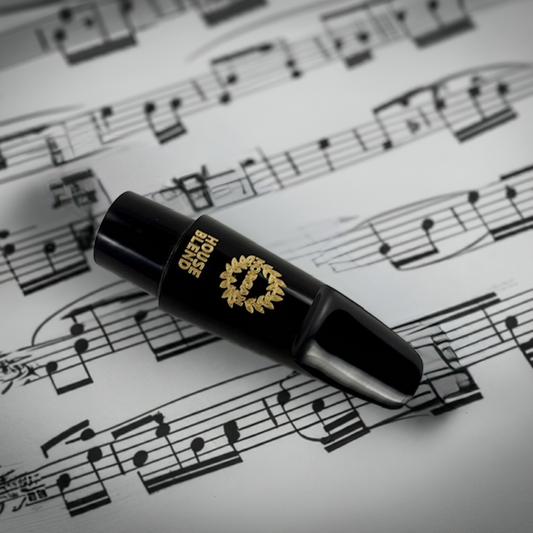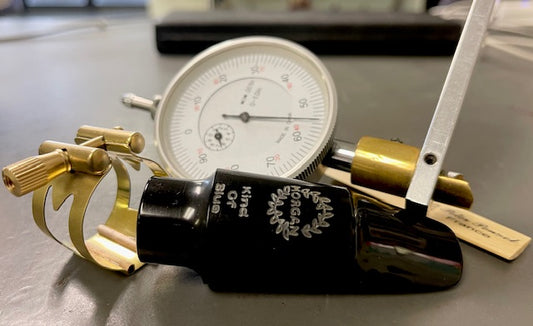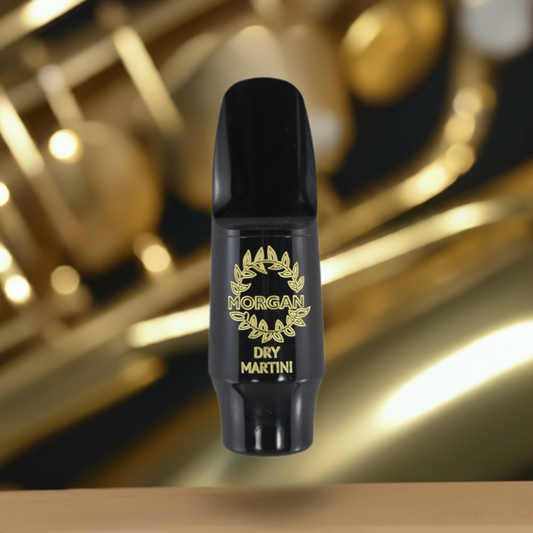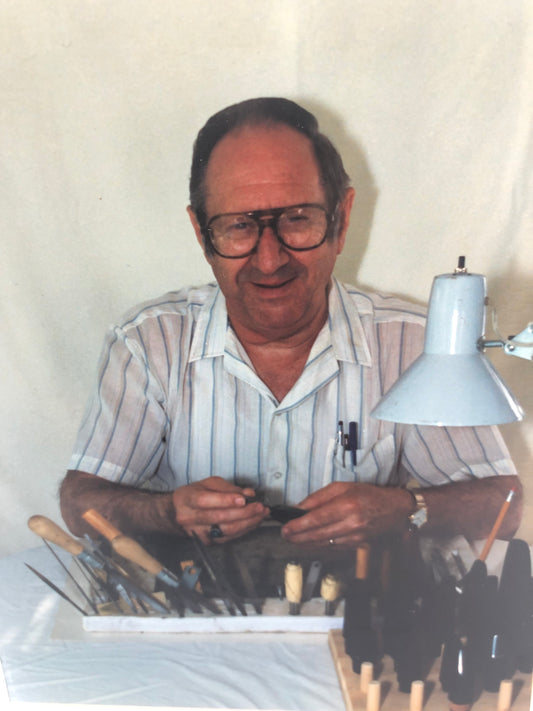Blog / News

Welcome 'House Blend' to the Morgan Company!
Many years ago, during a slow day in the Morgan Mouthpiece Company workshop, Erik Greiffenhagen grabbed a scrap piece of rod rubber and set out to make a mouthpiece by...
Welcome 'House Blend' to the Morgan Company!
Many years ago, during a slow day in the Morgan Mouthpiece Company workshop, Erik Greiffenhagen grabbed a scrap piece of rod rubber and set out to make a mouthpiece by...

Sneak Peek!! Morgan 'Kind of Blue' alto saxopho...
Coming soon! The new Kind of Blue alto saxophone mouthpiece from Morgan Mouthpiece Company. Stay tuned for further details!
Sneak Peek!! Morgan 'Kind of Blue' alto saxopho...
Coming soon! The new Kind of Blue alto saxophone mouthpiece from Morgan Mouthpiece Company. Stay tuned for further details!

Thirsty for that Desmond sound? Morgan has a D...
Two years ago, our master technician, Erik Greiffenhagen, came up with an idea for a Paul Desmond sounding mouthpiece after studying the original MC Gregory molds. At the time, he...
Thirsty for that Desmond sound? Morgan has a D...
Two years ago, our master technician, Erik Greiffenhagen, came up with an idea for a Paul Desmond sounding mouthpiece after studying the original MC Gregory molds. At the time, he...

Ralph Morgan Interview with Clark County Histor...
A customer of ours recently discovered this audio file on the Clark County Historical Society’s Website. It contains an interview of Ralph Morgan and his local “cottage” business. The...
Ralph Morgan Interview with Clark County Histor...
A customer of ours recently discovered this audio file on the Clark County Historical Society’s Website. It contains an interview of Ralph Morgan and his local “cottage” business. The...

Morgan Company Makes Morgan Mouthpieces!
The Morgan Mouthpiece Company makes Morgan Mouthpieces. This is a bit odd to say, but we design and create our own mouthpieces from beginning to end. This is how companies...
Morgan Company Makes Morgan Mouthpieces!
The Morgan Mouthpiece Company makes Morgan Mouthpieces. This is a bit odd to say, but we design and create our own mouthpieces from beginning to end. This is how companies...

How It Came To Be: Morgan C-Melody Tenor Mouthp...
The C-Melody saxophone is a C pitched saxophone that was popular in the 1910s - 1920s. For the most part, it was considered a parlor or home instrument. At the...
How It Came To Be: Morgan C-Melody Tenor Mouthp...
The C-Melody saxophone is a C pitched saxophone that was popular in the 1910s - 1920s. For the most part, it was considered a parlor or home instrument. At the...
